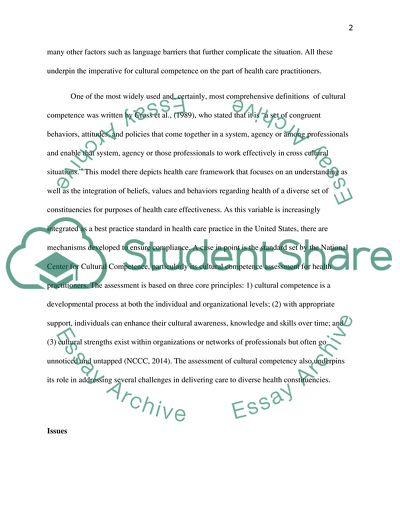Cite this document
(Cultural Competence Assignment Example | Topics and Well Written Essays - 1750 words, n.d.)
Cultural Competence Assignment Example | Topics and Well Written Essays - 1750 words. https://studentshare.org/sociology/1831541-cultural-competence
Cultural Competence Assignment Example | Topics and Well Written Essays - 1750 words. https://studentshare.org/sociology/1831541-cultural-competence
(Cultural Competence Assignment Example | Topics and Well Written Essays - 1750 Words)
Cultural Competence Assignment Example | Topics and Well Written Essays - 1750 Words. https://studentshare.org/sociology/1831541-cultural-competence.
Cultural Competence Assignment Example | Topics and Well Written Essays - 1750 Words. https://studentshare.org/sociology/1831541-cultural-competence.
“Cultural Competence Assignment Example | Topics and Well Written Essays - 1750 Words”. https://studentshare.org/sociology/1831541-cultural-competence.


